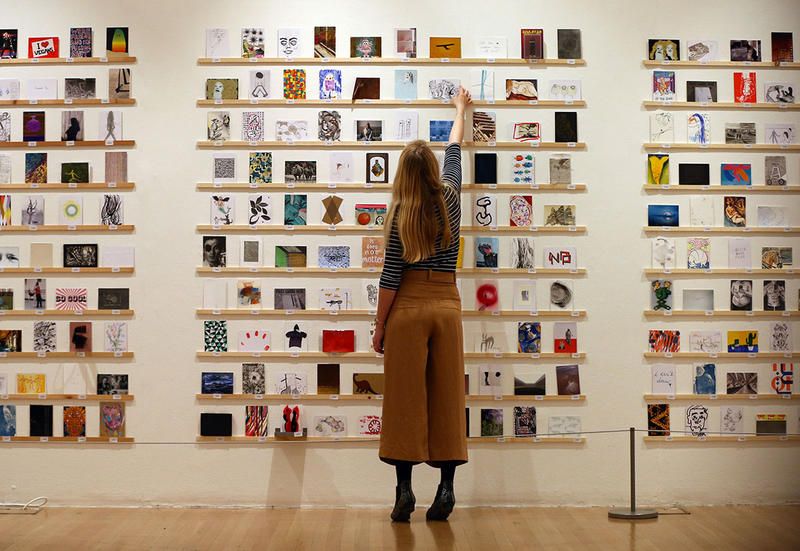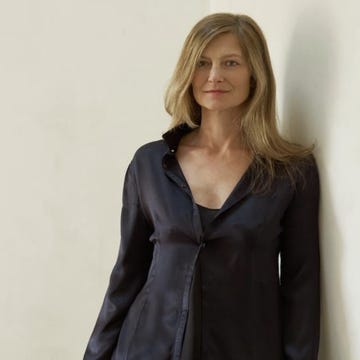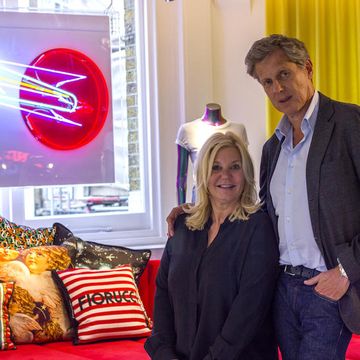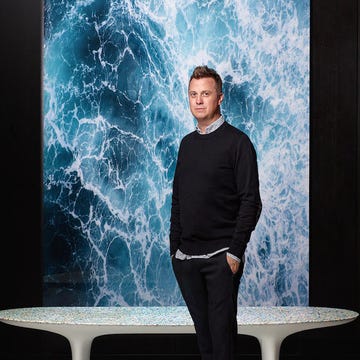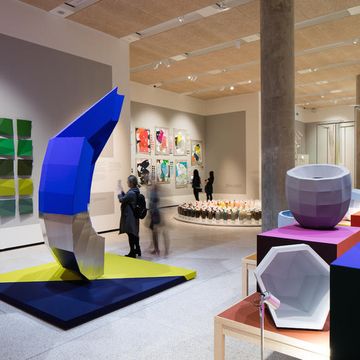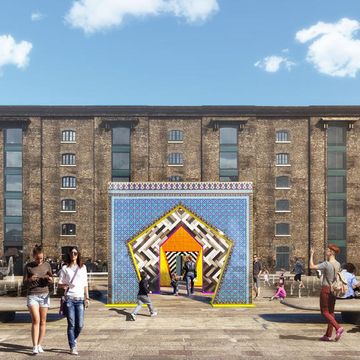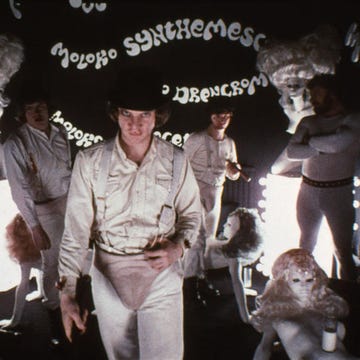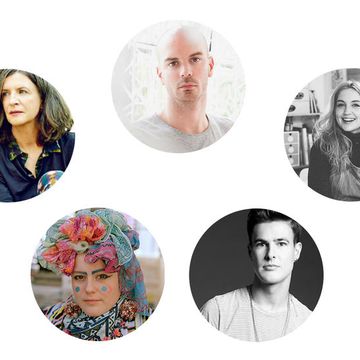A total amount of 259,600 students have submitted their own application for art and design courses in UK via UCAS’s online Apply system (Universities and Colleges Admissions Service), which allows a maximum of 5 different options per each enrolled applicant. A fair amount of them is soon to attend relevant institutes of the likes of the Royal College of Art(RCA), that still leads in the field of postgraduate art and design study according to QS World University Rankings 2017, and the University of Arts London (UAL), which soared to 6th place. Not to forget the Goldsmiths, the Glasgow School of Art, the University of Oxford and its Fine Arts course – definitely a bunch of much sought-after academic gems where to gain a solid and widely acknowledged creative upbringing. The number of enrolled art & design students is still high – behind only medicine, biological science and business studies –, and yet registered a 5% drop compared to last year, and even a bigger gap if taking 2015 into account. The most significant drop concerns both UK and European applicants (- 6% and - 4%, respectively), while non-EU overseas students have increased by 9%. Overall, the number of people applying for UK university places has decreased by more than 25,000 (nearly 4%) on last year to a total of 469,490. European applicant figures have fallen by 4%, whilst non-EU students have risen by 2%.
To see it as a direct result of Brexit may be slightly premature: student visas and tuition fees have been essentially kept unchanged, although the latter have recently risen to £9,250 per year (for UK and European students), and £17,920 per year for non-EU applicants, while all overseas and Erasmus+ students can benefit of a discounted fee of £1,350. Brexit might swipe away such precious chance in the near future, but for the time being the United Kingdom appears in respectful third position behind two top Erasmus destinations – Spain and Germany.
Moreover, public opinion is being reassuring too: according to a poll conducted by Universities UK, only a quarter (24%) of British adults think of international students as immigrants, whilst of those who expressed a view, 75% say they would like to see the same number, or more, international students in the UK. Also, the #WeAreInternational campaign aimed at boosting UK’s appeal to international applicants have been supported by over 160 universities and education institutions willing to refresh their commitment to change government’s policy around international student visas. “Leaving the EU will create significant challenges for universities. Although this is not an outcome that we wished or campaigned for, we respect the decision of the UK electorate. We should remember that leaving the EU will not happen overnight – there will be a gradual exit process with significant opportunities to seek assurances and influence future policy”, President of Universities UK, Julia Goodfellow, is keen to explain. On the contrary, Paula Graham-Gizzard, Policy and External Relations Manager at The Council for Higher Education in Art & Design (CHEAD), seemed way more concerned when speaking at a meeting of the All-Party Parliamentary Group for Art; on that occasion, she declared that the UK’s vibrant creative education sector is a “key factor in our soft power”, also adding that the creative industries “not only contribute to the economy directly but indirectly by making the UF such an attractive place to live and work”. Well, sorry to say that the country’s image has already been damaged.
UK’s sparkling creative energy is a major appeal drawing students from any corner of the world: London, for instance, a multi-ethnical melting pot tirelessly delivering avant-garde culture and fashion trends from The Beatles to today, is the place where creativity, music, fashion industry, architecture and design look brightly to the future. According to a report by the Central Saint Martin (CSM), the average living expenses per week are about £280 (tuition fees excluded): money worth to be spent, while finding inspiration from legendary fashion icons such as Stella McCartney and Alexander McQueen (both UAL graduates), not to mention Jay Osgerby and Jasper Morrison (both RCA alumni).
Students at CSM are currently working on Creative Unions, an imminent exhibition soon to be inaugurated on the occasion of the London Design Festival 2017 (16th-24th Sept., 2017): the expo states how the contemporary world must be defined not by boundary or binary but connection, by celebrating the power of designers to challenge isolationism and struggle for a better future.
